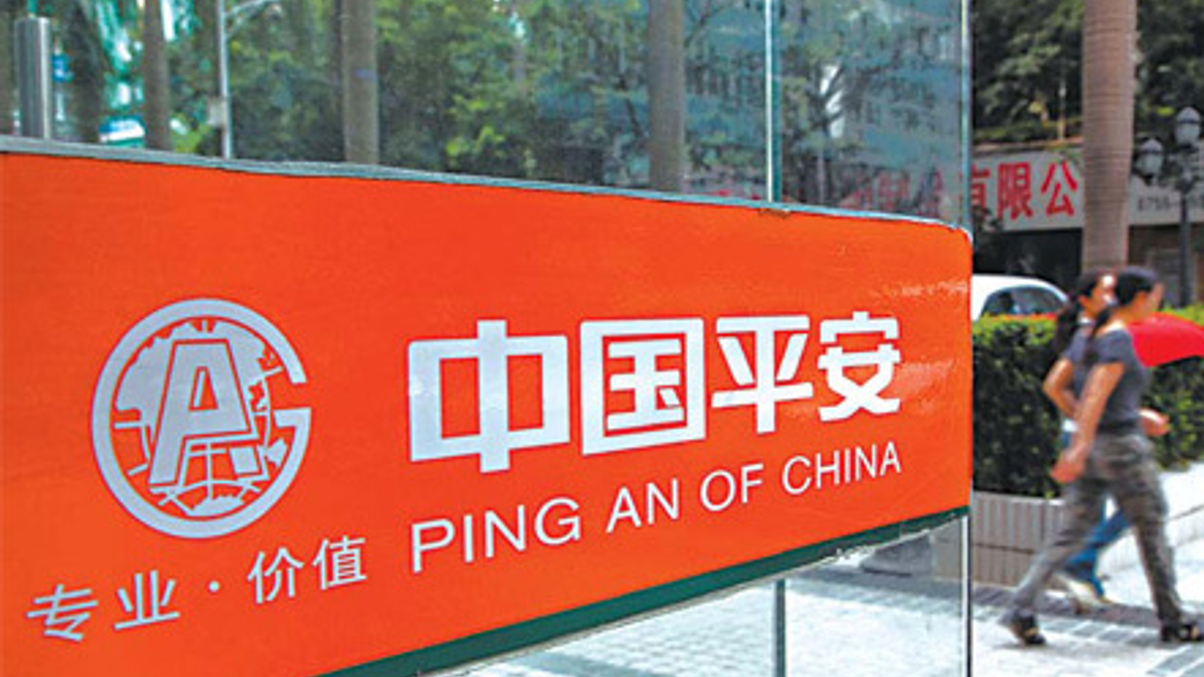Ping An adds alts, HK stocks and cash amid return drop
The Chinese insurer doubled its Hong Kong equity allocation and ramped up its alternatives exposure last year, while also boosting its cash position in anticipation of domestic rate rises.

China’s Ping An Insurance continued to build up its foreign asset portfolio in the second half of last year largely by adding Hong Kong stock exposure, but it also increased its cash position.
Sign In to Your Account
Access Exclusive AsianInvestor Content!
Please sign in to your subscription to unlock full access to our premium AI resources.
Free Registration & 7-Day Trial
Register now to enjoy a 7-day free trial—no registration fees required. Click the link to get started.
Note: This free trial is a one-time offer.
¬ Haymarket Media Limited. All rights reserved.


